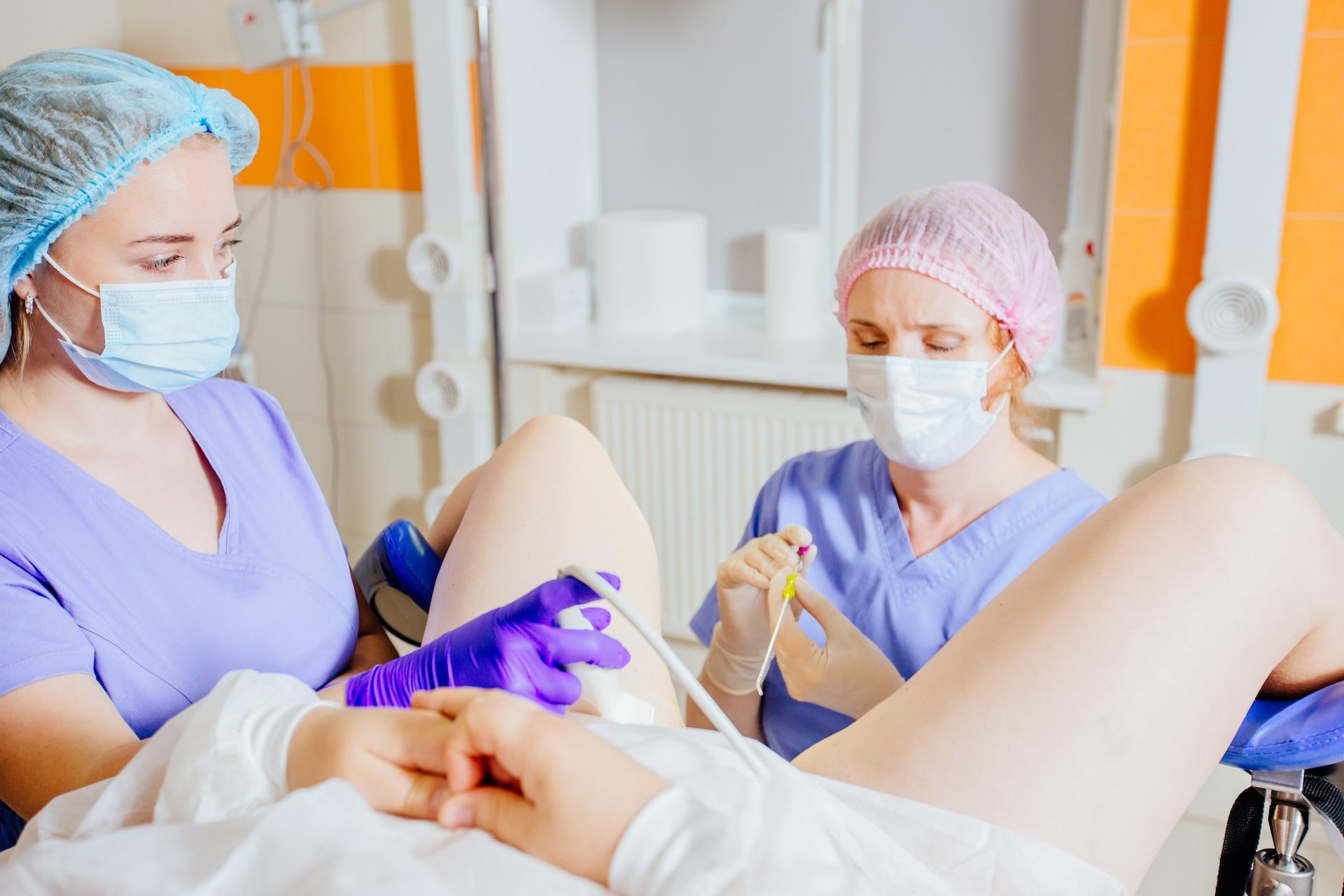
GynoS™ ASRM embryo transfer simulator
Original instruments and expertly-defined transfer techniques developed in collaboration with the American Society for Reproductive Medicine (ASRM)
About our innovation
- Embryo transfer is a very delicate procedure: patients typically pay USD 10,000-20,000 out of their own pocket. As patients receive no anesthesia and as both parents-to-be are usually present during procedure, the clinicians work under high stress.
- Success rates vary between 15-60%, and procedures often need to be repeated. ASRM carried out a systematic review of the literature.
- 25% of fellows never perform an embryo transfer during their fellowship, and a further 25% perform fewer than 10 across their three years of training.
- ASRM's survey of over 100 fertility specialists revealed that there were no well defined best practices or standardized approaches.
The seed for collaboration was planted when the ASRM recognized an “absolute unmet need” in terms of training for ASRM fellows. During their fellowships, essentially 50% of fellows were not allowed to perform the actual embryo transfer, one of the most important parts of the in-vitro fertilization process. In response to this need, the ASRM sought a partnership with VirtaMed to create a simulation-based solution.
From the ASRM’s point of view, the project has two, equally important, components. The first was to coordinate with VirtaMed through an expert task force to develop the best possible hardware and software for the simulator itself. The second was to collaborate on a curriculum that would use simulators to the best of their potential as teaching tools. According to the CEO of the American Society for Reproductive Medicine (ASRM), Richard Reindollar, M.D. this was a very involved process, which included a comprehensive survey of IVF medical directors, and an extensive literature survey to develop appropriate guidelines for the simulation. Through this research, ASRM developed a standard embryo transfer protocol which was then embedded into the simulator’s software. The development of a successful simulation depended on the continuous collaboration between the two organizations, and Dr. Reindollar noted that “we did it, along the way, totally with VirtaMed, and we were able to use the skills of each other to produce a terrific product.”
Collaboration has continued between the two organizations with the ongoing aim of enhancing the training value of the simulator and addressing the evolving needs of the ASRM’s membership. The most recent upgrades to the simulator include a comprehensive software update with more features and the addition of a retroverted uterine practice model.
About our simulator
The ASRM’s Embryo Transfer simulators have been made available to the Society’s membership as part of a certificate course. Most commonly, fellows first complete online course work including reading, learning materials, and other assessments. Participants then attend a day and a half long workshop where they get to practice their new skills with hands-on simulator practice. This includes working through progressively more complex cases, practicing on different uterine pathologies, and strategizing the different techniques available under the guidance of an instructor. Because the course takes place as part of a well-outlined program and over an extended period of time, fellows develop their skills naturally through repetition. This is an advantage over intensive courses or training via demonstration. Prior to the introduction of the ASRM’s ET Simulator, fellows often relied on doing ‘mock transfers’ to learn ET procedures. However, because the simulator mimics a live transfer, it is closer to reality, both in the steps undertaken and in how the procedure is perceived by fellows.
As part of its outreach efforts, the ASRM has also deployed the ET simulator to remote sections of the United State through a loan program. Lasting between four to six weeks, fellows can take advantage of having the simulator to practice their skills and develop their confidence with recently-learned procedures. Driven by the success of the certificate course in the United States, as well as consistent requests from overseas members, simulators are currently being utilized for global deployment.
Past ASRM President, Christos Coutifaris, M.D., Ph.D., who currently supervises several fellows, has witnessed first-hand the benefits of simulation training. He notes that he recently “had the opportunity to take my own fellows through the whole course and the confidence they developed through doing the transfers was pretty amazing. It made them faster, not only in the mechanics of doing the transfer, but in how confident they felt…this is a major achievement of the simulator.”
In addition to training fellows, simulator-based training has also proven useful for standardizing embryo transfer techniques across all levels of experience and for refreshing the skills of more-experienced practitioners. As validation of simulation continues, it is likely to increasingly become part of both training and certificate maintenance processes. For instance, the ASRM’s ET certificate was recently approved to satisfy part 4 of the ‘Maintenance of Certification’ for OB/GYN. Furthermore, some fellowship programs which previously did not permit fellows to perform embryo transfers have started allowing them after they complete the Certificate Course.
Partnerships

Case studies
The standardized embryo transfer protocol was published by ASRM